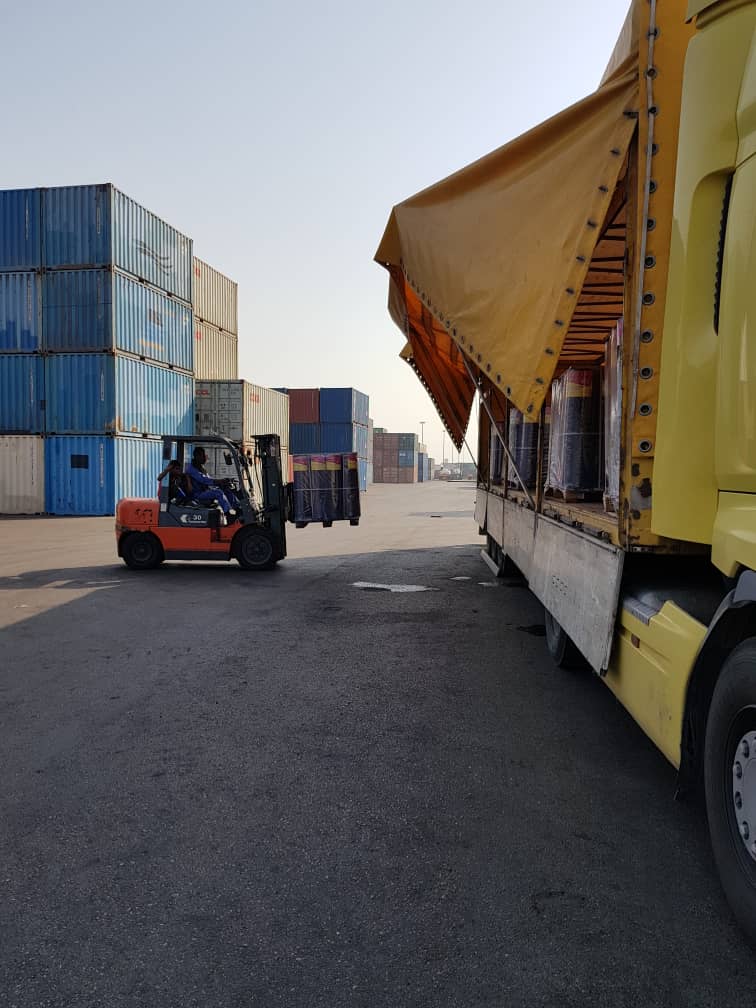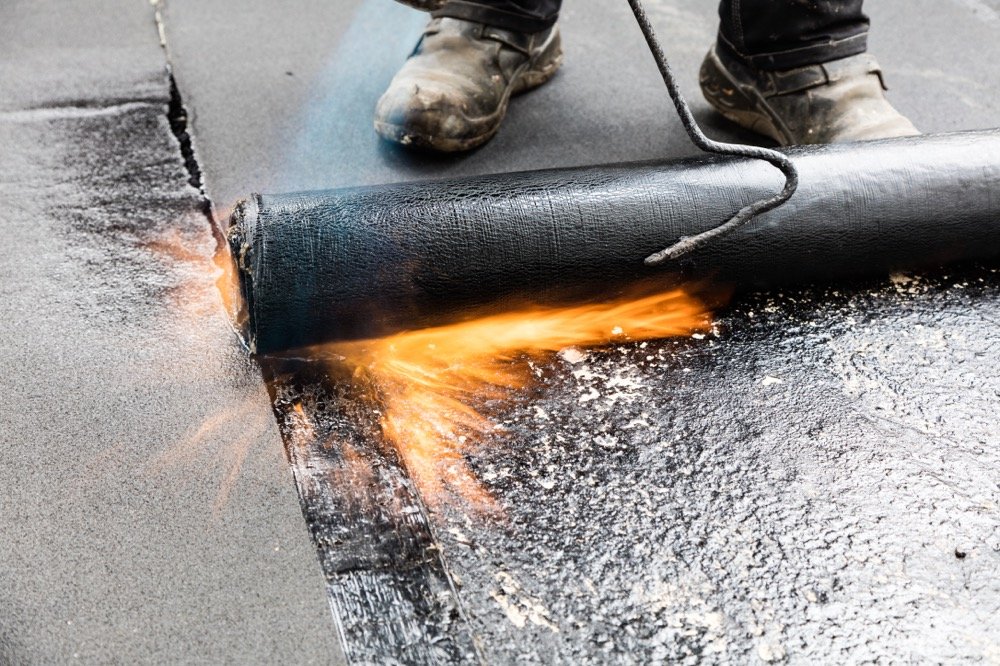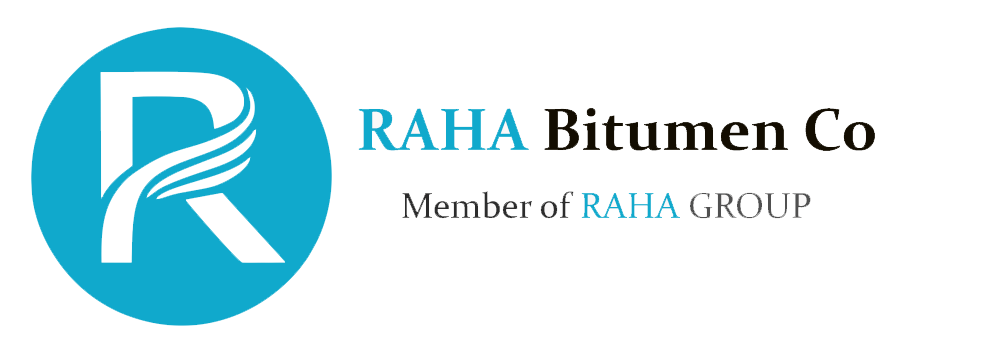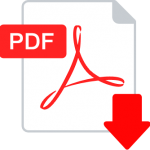Spunbond

Iran Spounbond Bitumen Roll Sheet
Introduction
The nonwoven Spunbond polyester is a product produced employing the world state-of-the-art technology under particular mechanical, thermal and chemical conditions. The low weight spunbond is known as one of the strongest and most flexible engineering materials, produced in the recent decade in and its application has been remarkable in the advanced countries. Spunbond is designed and produced in disposable form (with low density for medical, sanitary and cellulose industries uses) and durable form (with high density for automotive, waterproofing, and packaging industries).
RABIT is one of the market leaders in supplier and export of the Iran Spunbond Bitumen Roll Sheets to the Middle East and all around the world.
Regarding the present conditions and the national and international market needs, RABIT Co. deems itself bound to the international standards, therefore, observing the ASTM Ref. No. 5726, it has attained and even competes with the product quality of the advanced countries.
Spunbond Technology

Polyethylene Terephthalate (PET) granules are extruded in the form of narrow fibers and tensed by jet pumps with a speed of 4000 m per minute to increase their strength, then it form a string like tissue with a definite pattern on a web and then forms a homogenous polyester with the entrance of needlers with thousands of thorny needles. To stabilize the dimensions and form a stronger polymeric bond, the polyester passes through kalander and is enhanced with the resin to attain light, resistant, flexible and unique polyester.
Polyethylene Terephthalate (PET)
Polyethylene Terephthalate is the most important member of the polyesters family produced by density polymerization of ethylene glycol and pure terephthalic acid. This polymer was first used in 1950’s separately in the UK and USA for producing synthetic fibers to be used in textile industries. Later, from the late 1970’s its structure was amended to be used in packaging industries like bottles, film, disposable vessels, and electronics/to make data storing films, and the like
Polyethylene Terephthalate polymer is usually commercialized in the form of chips or granules. This granule is transparent when amorph and semi-opaque when crystallized. Regarding the specifications of the products manufactured from PET, the growth of its use on the globe is considerable.
Spunbond Applications
- Waterproofing and Acoustics
- Sanitary and cellulose industries
- Packaging industries
- Automotive industries
- Cover, purse, briefcase and shoes, clothing, furniture and carpet covers, and the like
- Miscellaneous industries (laminate and various textiles, synthetic leather, internal parts of bed, under layers of carpets)
Spunbond Application in Waterproofing Industries
The nonwoven Spunbond polyester is a product produced employing the world state-of-the-art technology called Spunbond and is used as a strong basis with high tensile strength in the waterproofing bitumen sheets. Today, the former method of tissue and regular polyester is totally abandoned in the US and Canada due to environmental problems and low tensile strength, being substitutes by Spunbond as strongest engineered materials for waterproofing bitumen sheets so far known, that prolongs useful lifetime of the products many folds.
Advantages of PET Spunbonds in WPBS
- Resistant to water and solvents
- High-temperature resistivity preventing the product’s deformation
- Different from the PP Spunbond, the PET Spunbond is resistant to Gamma Ray
- Flexibility at low temperatures
- Exceptional resistance to tensile stress (Lengthwise and widthwise)
- High resistance to tearing (Lengthwise and widthwise)
- High strength against fatigue and aging
- High resistance to exfoliation
- High resistance to piercing
- High resistance to strokes
- High resistance to chemicals
- High adhesion to pitch
Specification and types of Spunbond Bitumen
Waterproofing Membrane

 APP MODIFIED BITUMEN MEMBRANE
APP MODIFIED BITUMEN MEMBRANE